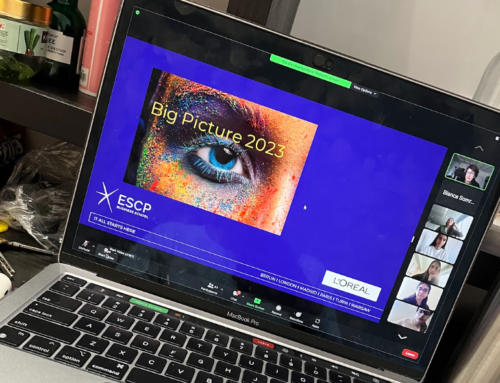Educating customers: a challenge to marketers’ creativity

By Dr Ben Voyer, Associate Professor at ESCP Business School
Launching new products is something very exciting for a marketing manager, but it can also be a daunting prospect, since the fear of failure can be very stressful. Indeed, many failed launches regularly make it to the classroom as ‘state of the art’ failures – Dasani Water in Europe, Bic Perfumes to cite only a few.
One thing I have noticed is that most of these failed launches have in common a failure to educate customers to a new gesture. Offering innovative products with new benefits is not enough to guarantee market success. One requires a genuine ‘education’ to the new associated gestures. One industry that has extensively used education to new gestures is the cosmetics industry – even more so with the launch of cosmetics for men – think about it: how do you educate customers to go beyond after-shave products to a more complete care solution?
Educating customers is key for two reasons. First, it is an essential step so that customers can realise the value of a new product. Second, it directly influences whether consumers will become loyal customers or not.
Educating customers can be even more challenging when brands are trying to reach global markets. Habits that are well anchored in Western practices can be completely new to Eastern customers. One of the main challenges for marketers is to understand that in educating customers cross-culturally, one has to bear in mind some fundamental psychological differences. A most important one being differences in ‘self-construal – the way individual perceive their self in terms of personal and interpersonal relations. Individuals who grew up in collectivist cultures tend to have a predominant interdependent view of their self – meaning they attach a lot of significance to the relationships they have with others, and individuals who grew up in an individualist culture (e.g. UK, USA…) tend to have a predominant independent view of their self – meaning they attach a lot of significance to being different from others. What this means for marketers is that on Western markets, customers will favour products that allow them to express their individuality, while on Eastern markets, they will favour products that allow them to feel like they belong to the community.
Overall, educating customers to new gestures is something that can be more complex than it seems. All it takes is a creative mind!
Useful links:
MSc in Marketing & Creativity
Creative London Summer Course




